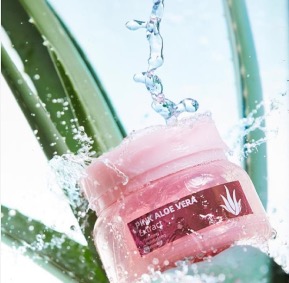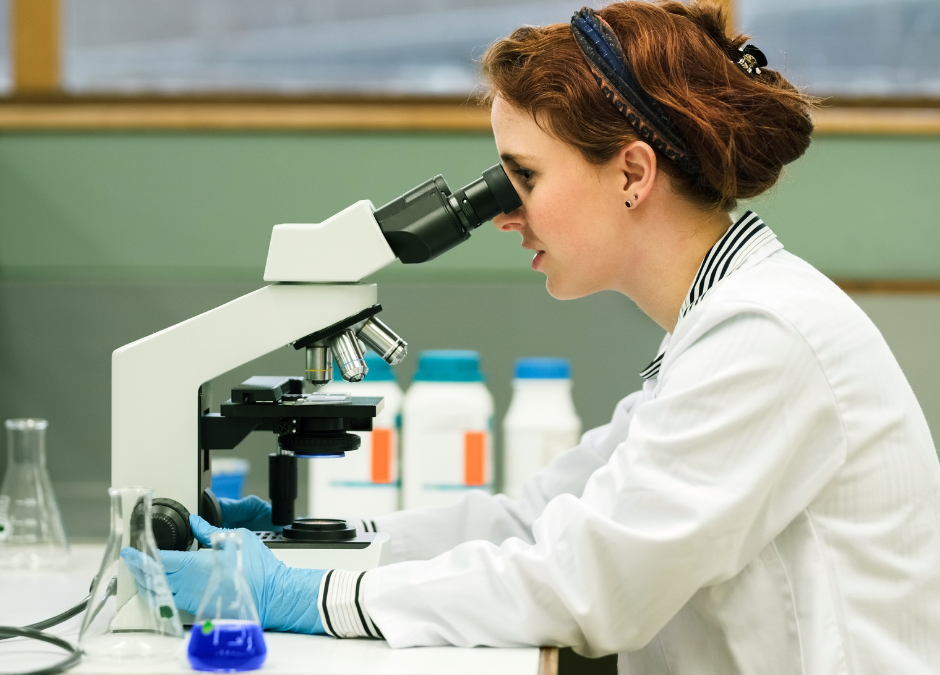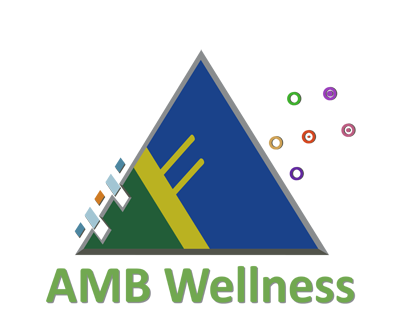Understanding of R.E.A.C.H regulation.

R.E.A.C.H is a regulation of the European Union, adopted to improve the protection of human health and the environment from the risks that can be posed by chemicals while enhancing the competitiveness of the EU chemicals industry.
The R.E.A.C.H Regulation is the result of an in-depth review of the EU’s chemical policy. The European Parliament approved the REACH Regulation on December 13, 2006, and the Council of Ministers formally adopted it on December 18, 2006.
R.E.A.C.H applies to all chemicals, not only in industrial processes but also in everyday life, such as cleaning products, paints, and items such as clothing, furniture, and electrical appliances. This regulation affects the majority of companies in the EU.
R.E.A.C.H establishes the obligation to carry out a registration for all those who introduce chemical substances on the Community market from 1 tonne per year, whether they are manufacturers or importers of substances, as such or in the form of preparations.
How does R.E.A.C.H work?
R.E.A.C.H establishes procedures for collecting and evaluating the information on the properties and hazards of substances. Companies have to register their substances and to do it, they must collaborate with other companies that are registering the same substance.
Under labor law, the company must carry out a risk assessment and ensure that workers are protected and provided with information, guidance, and training on the safe use of chemicals in the workplace, based on information derived from labels and safety data sheets.
Most R.E.A.C.H requirements apply directly to manufacturers and importers, who must register substances (either pure or those classified as compounds) when providing data on chemicals’ properties. They are also required under R.E.A.C.H to develop chemical safety assessments and implement risk management measures. R.E.A.C.H requires manufacturers and importers to notify European regulatory authorities of the use of hazardous substances. Subsequently, R.E.A.C.H authorizes these substances.
All AMB Wellness aloe vera raw materials have been produced from the plant aloe vera (l.) Burm. F. And are 100% of botanical origin and are covered by the human food regulations (intended for consumption by humans or animals, such drinks products, food and food additives) therefore, are exempt from applicable titles of reach regulation (registration, evaluation, authorization and restriction of chemicals).
Latest News

Aloe Vera Pink
Pink Aloe Vera Gel is extracted from the usual Green Aloe Vera, focusing on helping stress skin damage, hyperpigmentation, whitening, and moisturizing products. It comes with an assortment of goodness such as vitamins, antioxidants, and other components such as polysaccharides, tannins, phenols, flavonoids, and sterols that are helpful for the skin, and rich in hydration.

Aloe Vera FAQS
Looking to elevate your products with high-quality organic ingredients? Check out our FAQ section to get all your burning questions answered about incorporating Aloe Vera gel concentrates, spray-dried powders, and various aloe-based formulations into your cosmeceuticals, personal care, dietary supplements, and nutraceuticals. Discover the benefits of using certified organic ingredients for sustainable, effective, and natural raw materials that cater to eco-conscious consumers in the health, beauty, and wellness industries.

Oral Care with Aloe!
Aloe extracts, such as aloe vera juice and gel, deliver vitamins C & E, antioxidants, and hydrate the skin, enhancing it elasticity with regular application. As a natural moisturizer it brings oxygen to the skin, strengthening it from within. Furthermore, growing consciousness among consumers on personal grooming has led to the development of natural and organic skincare and cosmetic industry, consequently paving the way for the market.

